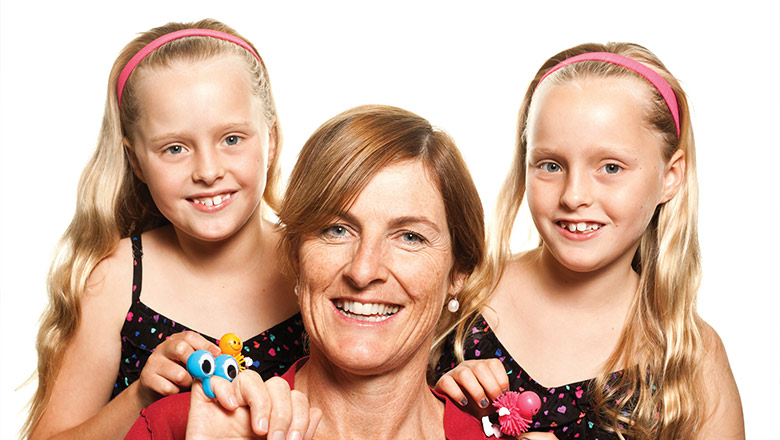Search
Research
The association between perinatal testosterone concentration and early vocabulary developmentPrenatal exposure to testosterone is known to affect fetal brain maturation and later neurocognitive function.
Research
Language and reading impairments are associated with increased prevalence of non-right-handednessHandedness has been studied for association with language-related disorders because of its link with language hemispheric dominance. No clear pattern has emerged, possibly because of small samples, publication bias, and heterogeneous criteria across studies.
Research
Associations between clusters of early life risk factors and developmental vulnerability at age 5This study investigated the associations between clusters of early life risk factors and developmental vulnerability in children's first year of full-time school at age 5
Research
CATALISE: A multinational and multidisciplinary Delphi consensus study. Identifying language impairments in childrenDelayed or impaired language development is a common developmental concern, yet there is little agreement about the criteria used to identify and classify...

News & Events
Landmark language study draws to a close - but the work is just beginningA joint initiative between The Kids Research Institute Australia, The University of Western Australia, the University of Kansas and Nebraska University, it is the world’s only study to conduct such a detailed assessment of language and literacy development from infancy through the formative adolescent years.

News & Events
Kids with ADHD struggling at schoolA study by The Kids Research Institute Australia has found children with Attention Deficit Hyperactivity Disorder (ADHD) have significantly worse school outcomes.
News & Events
New research links poor language to lack of Vitamin D in wombNew research has found that children of mums who had low levels of Vitamin D during pregnancy are twice as likely to have language difficulties.
News & Events
How mums talk influences children’s perspective-taking abilityNew research shows that kids whose mums talk more frequently about others' thoughts tend to be better at taking another's perspective than other children.

News & Events
Looking at languageHearing your child’s first word is a precious moment for any parent but while most children begin to talk within 12 to 24 months of age, some take much longer.
Research
Genome-Wide Analyses of Vocabulary Size in Infancy and Toddlerhood: Associations With Attention-Deficit/Hyperactivity Disorder, Literacy, and Cognition-Related TraitsThe number of words children produce (expressive vocabulary) and understand (receptive vocabulary) changes rapidly during early development, partially due to genetic factors. Here, we performed a meta-genome-wide association study of vocabulary acquisition and investigated polygenic overlap with literacy, cognition, developmental phenotypes, and neurodevelopmental conditions, including attention-deficit/hyperactivity disorder.
